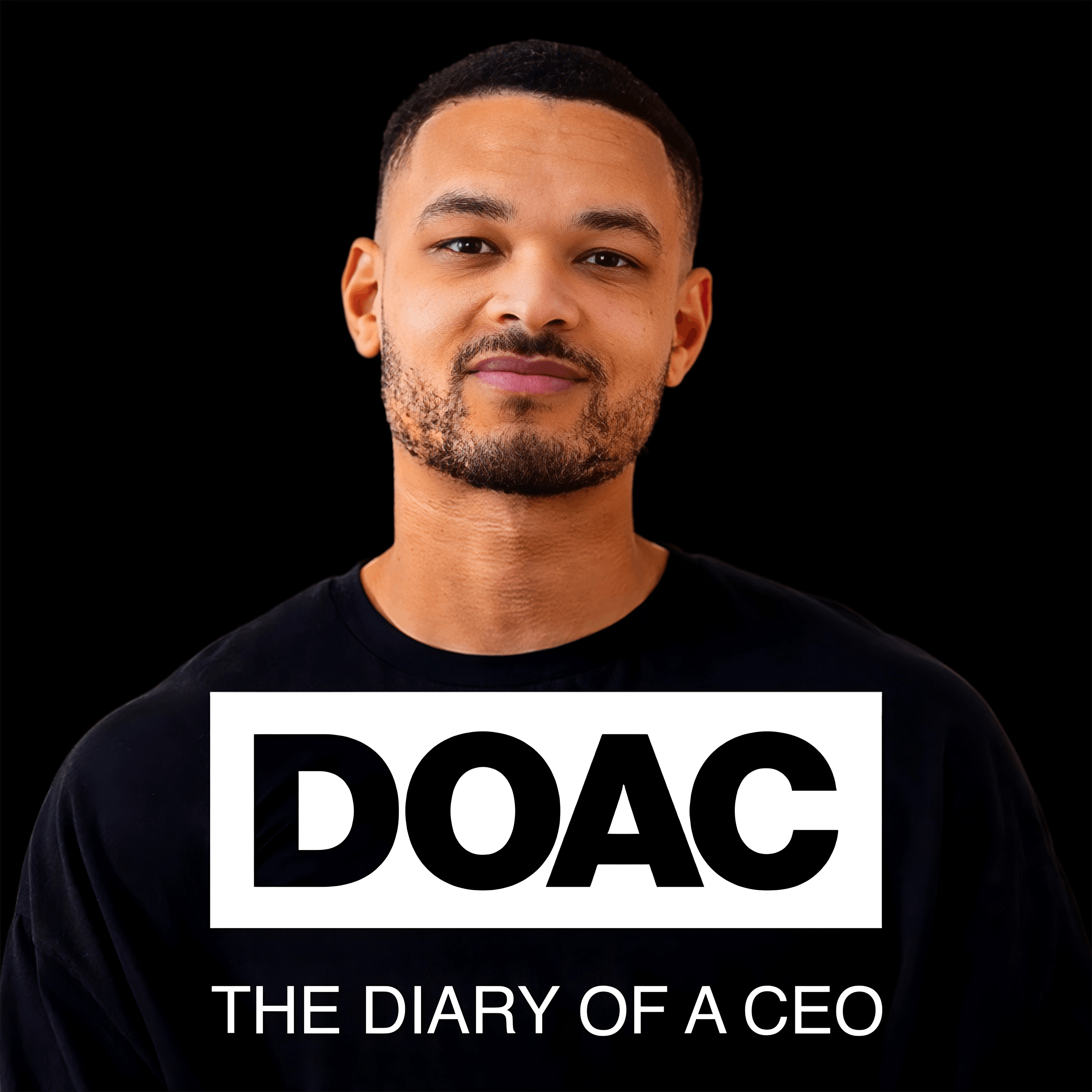
Heliox: Where Evidence Meets Empathy 🇨🇦
Join our hosts as they break down complex data into understandable insights, providing you with the knowledge to navigate our rapidly changing world. Tune in for a thoughtful, evidence-based discussion that bridges expert analysis with real-world implications, an SCZoomers Podcast
Independent, moderated, timely, deep, gentle, clinical, global, and community conversations about things that matter. Breathe Easy, we go deep and lightly surface the big ideas.
Curated, independent, moderated, timely, deep, gentle, evidenced-based, clinical & community information regarding COVID-19. Since 2017, it has focused on Covid since Feb 2020, with Multiple Stores per day, hence a sizeable searchable base of stories to date. More than 4000 stories on COVID-19 alone. Hundreds of stories on Climate Change.
Zoomers of the Sunshine Coast is a news organization with the advantages of deeply rooted connections within our local community, combined with a provincial, national and global following and exposure. In written form, audio, and video, we provide evidence-based and referenced stories interspersed with curated commentary, satire and humour. We reference where our stories come from and who wrote, published, and even inspired them. Using a social media platform means we have a much higher degree of interaction with our readers than conventional media and provides a significant amplification effect, positively. We expect the same courtesy of other media referencing our stories.
Heliox: Where Evidence Meets Empathy 🇨🇦
🔬 The Quiet Revolution: When Medicine Learns to Remember
Please take a look at our corresponding Substack Episode.
What if your immune system could borrow another person's cellular memories? Today's breakthrough made me cry—cancer patients clearing COVID in days 🧬✨
It’s a question that sounds like science fiction, but the answer is unfolding in real time through a therapy called TVGN489. In a phase one clinical trial, researchers took immune cells from people who had recovered from COVID-19—not just any cells, but the specialized assassins known as cytotoxic T lymphocytes—and gave them to the most vulnerable patients. Cancer patients. The elderly. People with autoimmune diseases whose own immune systems had been rendered nearly powerless.
The results weren’t just promising; they were paradigm-shifting.
September 24, 2025 | 4 min read
Safety and feasibility of third-party cytotoxic T lymphocytes for high-risk patients with COVID-19
This is Heliox: Where Evidence Meets Empathy
Independent, moderated, timely, deep, gentle, clinical, global, and community conversations about things that matter. Breathe Easy, we go deep and lightly surface the big ideas.
Thanks for listening today!
Four recurring narratives underlie every episode: boundary dissolution, adaptive complexity, embodied knowledge, and quantum-like uncertainty. These aren’t just philosophical musings but frameworks for understanding our modern world.
We hope you continue exploring our other podcasts, responding to the content, and checking out our related articles on the Heliox Podcast on Substack.
About SCZoomers:
https://www.facebook.com/groups/1632045180447285
https://x.com/SCZoomers
https://mstdn.ca/@SCZoomers
https://bsky.app/profile/safety.bsky.app
Spoken word, short and sweet, with rhythm and a catchy beat.
http://tinyurl.com/stonefolksongs
Curated, independent, moderated, timely, deep, gentle, evidenced-based, clinical & community information regarding COVID-19. Since 2017, it has focused on Covid since Feb 2020, with Multiple Stores per day, hence a large searchable base of stories to date. More than 4000 stories on COVID-19 alone. Hundreds of stories on Climate Change.
Zoomers of the Sunshine Coast is a news organization with the advantages of deeply rooted connections within our local community, combined with a provincial, national and global following and exposure. In written form, audio, and video, we provide evidence-based and referenced stories interspersed with curated commentary, satire and humour. We reference where our stories come from and who wrote, published, and even inspired them. Using a social media platform means we have a much higher degree of interaction with our readers than conventional media and provides a significant amplification effect, positively. We expect the same courtesy of other media referencing our stories.
Welcome to the Deep Dive. Today, we're really getting into something important, a new type of cellular therapy. Our mission, if you will, is to cut through the complex science behind it. It's designed for, well, the most vulnerable COVID-19 patients. We're looking closely at the phase one trial data for a therapy called TVGN489. That's right. And it's crucial because, you know, even with vaccines, some groups are still really struggling. We're talking about older individuals, people with cancer or serious autoimmune conditions, their immune systems often don't respond effectively, leading to poorer outcomes. So there's a real need for something different, something targeted. Exactly. And this deep dive focuses on a phase one study. It's all about the safety and, well, the feasibility of using these specific cells called cytotoxic T lymphocytes or CTLs. These are third-party cells taken from donors specific to SARS-CoV-2. The big question is, can we safely give high-risk patients this kind of immediate immune boost? Right. And what's initially quite striking, even for a phase one safety trial, are the signals we're seeing. The safety profile looks remarkably clean. And perhaps more surprisingly, the data points towards really rapid, very consistent viral elimination. Their job is totally different from antibodies. Antibodies kind of tag the virus floating around outside cells. But once the virus gets inside a cell, antibodies can't touch it. That's where CTLs come in. They're trained to find those infected cells and destroy them. They basically shut down the virus factory. Got it. Now, this specific product, TVGN 489, is called Off the Shelf. That sounds counterintuitive for T cells, which are usually so personalized. How could it be pre-made or allogeneic? Yeah, that's really the core innovation here. It is allogeneic. It comes from a healthy donor who already recovered from COVID-19. They've essentially created this potent, ready-to-go defense force. And crucially, these cells aren't genetically modified. That keeps things simpler, potentially simpler. Think of them like unique ID tags on your cells. They tell your immune system, "this is me" or "this is foreign." We all have lots of different HLA types. HLA AA02.001 just happens to be the most common one across the global population. Choosing that specific one makes an off-the-shelf product viable for a larger group of people. safety introducing foreign cells always carries risks of serious toxicity what do they find the main finding overwhelmingly positive on the safety front the SARS-CoV-2 specific CTLs were exceptionally well tolerated across all four dose levels and critically there were zero instances of the major complications worry about. Okay, let's pause there because this sounds significant. You said zero incidence, no dose-limiting toxicities, no infusion reactions, no cytokine release syndrome, and importantly, no graft-versus-host disease, GVHD, throughout the whole six-month follow-up. Can you just remind us why zero GVHD is such a big deal here? Yes, that really is the headline finding for safety. GVHD is, well, it's when the donal T cells start attacking the patient's healthy tissues. It sees the host as foreign, it can be devastating, even fatal, and it's a major risk with many allogeneic transplants. The fact that they gave these third-party cells, matched only by that one HLA type, and saw zero GVHD, it suggests their manufacturing and selection process hit a sweet spot. Potent against the virus, but seemingly safe for the host. So the safety looks more like what you see with simpler virus-specific T-cells, VSTs, used after transplants maybe. Not like the complex, sometimes toxic CRT cells that need intense monitoring in hospital. Precisely. That's a huge potential advantage for an off-the-shelf therapy that could potentially be given on an outpatient basis. Much simpler. And they did check for rejection later on something called alloimmunization. Only one patient out of the 12 developed antibodies against the donor HLA type. But even in that one patient, the donor CTL still persisted in their blood. So no functional rejection seemed to happen. The cells stayed on the job. Okay, safety looks good. Let's pivot to what happened when these CTL fighters were actually deployed. Viral clearance. You mentioned this earlier. The rates sounded almost unbelievable for these high-risk patients. How quickly did the virus actually clear out? The speed and maybe more importantly, the consistency were really notable. They used nasal swabs and PCR tests. What they found was remarkable clearest quite quickly. 11 out of the 12 treated patients, that's 92%, showed at least 88% viral inflammation by just day four. four days after the infusion. Wow, day four. Yeah. And it just got better from there. By day 14, they saw over 99% viral elimination in all the treated patients. That's a very rapid drop in viral load. Did the patients actually feel better that quickly? Did it translate clinically? It seems so, yes. And again, the consistency was key. Patients in the interventional group consistently reported definite symptom improvement within just two to three days after getting the cells. Now, compare that to the observational group, similar high-risk patients, but just getting standard care, their improvement was all over the place. Anywhere from day one up to day 23. The median was day four and complete symptom resolution. The answer seems to be no. The therapy acted like an immediate bridge, clearing the acute infection fast. But it didn't appear to suppress the patient's own natural immune response developing underneath. These patients still developed their own antibodies, their own cellular responses to SARS-CoV-2, so it looks like an additive defense, not something that replaces or blocks the host response. The theory is that even after you clear the active, replicating virus, fragments, bits of viral protein or RNA can linger in tissues for months, even years. These aren't infectious, but they might be enough to cause chronic immune system weirdness, maybe underlying long COVID or past C. seven different peptides from across the viral genome, not just spike. And that's crucial because some research suggests it's often those non-spike fragments that persist and are linked to post-acute COVID sequelae. So having that broader targeting is a potentially huge advantage. And did this multi-target strategy hold up as the virus kept changing? Yeah. It went through Delta Omicron waves during the study period, right? It did. According to the report, the specific peptides targeted by these CTLs weren't affected by the mutations seen in the variants circulating during the trial all the way from Delta through Omicron BA.5. That suggests this approach might be much more variant-proof than, say, monoclonal antibodies that target only one specific, often mutable, spot on the spike protein. OK, so exceptional safety, rapid clearance, this unexpected durability possibly linked to clearing viral reservoirs and variant resistance. It's not surprising the commercial side is taking notice. You mentioned evaluation. Yes. The company developing this put out a risk adjusted net present value estimate. It was in the range of nine to eleven billion dollars for TVGN 489. That number really reflects the perceived huge unmet need, both for treating acute high-risk COVID effectively and now, perhaps even more significantly, its potential role in tackling long COVID. Okay, let's try and wrap this deep dive up. We've explored a phase one trial showing, well, really exceptional safety, zero major toxicities like GVHD. We saw rapid, consistent viral clearance in very vulnerable patients. And then this completely unexpected six-month persistence of the off-the-shelf donor cell. Exactly. What these results really suggest, I think, is that these third-party CTLs could be a safe, direct way to rapidly boost someone's cellular immunity right when they need it most. They seem to fill the gap when the patient's own system is struggling. They provide a powerful, fast, and surprisingly durable response that might fully eradicate the virus, addressing both the acute illness and maybe the roots of those chronic symptoms, too. Which brings us to a really interesting thought for you, the listener, to take away from this. We saw a single dose of these allogeneic third-party CTLs. cells persist for six months, likely kept active by some kind of persistent viral reservoir. Now, if this kind of durable, targeted, off-the-shelf cell therapy can safely hunt down and eliminate chronic infectious reservoirs, what could that mean beyond COVID? Could similar persistent targeted cells be engineered one day to track down and eliminate other kinds of chronic disease reservoirs? Maybe low-level cancer cells, or the triggers for autoimmune flare-ups, something to definitely mull over.
Podcasts we love
Check out these other fine podcasts recommended by us, not an algorithm.

Hidden Brain
Hidden Brain, Shankar Vedantam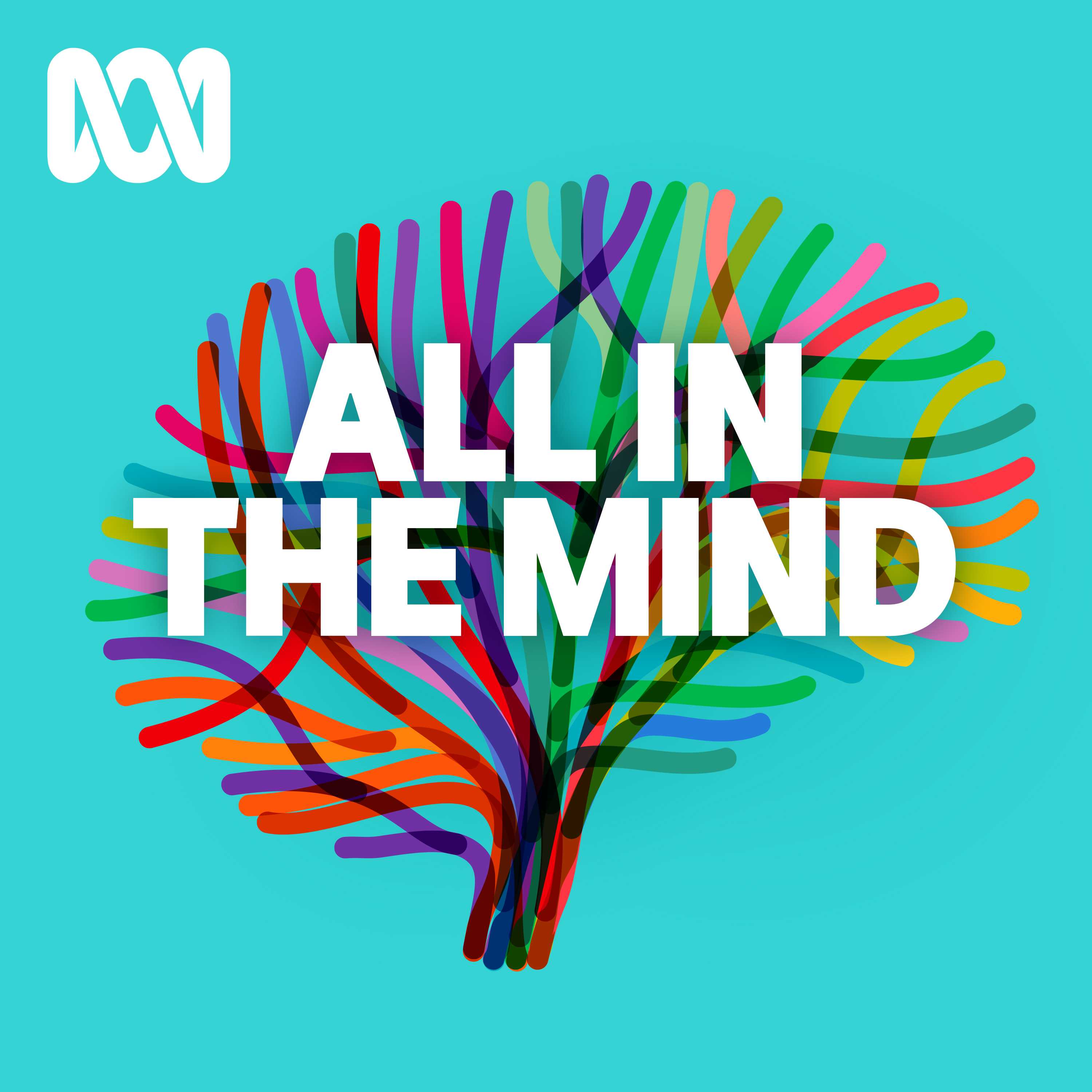
All In The Mind
ABC listen
What Now? with Trevor Noah
Trevor Noah
No Stupid Questions
Freakonomics Radio + Stitcher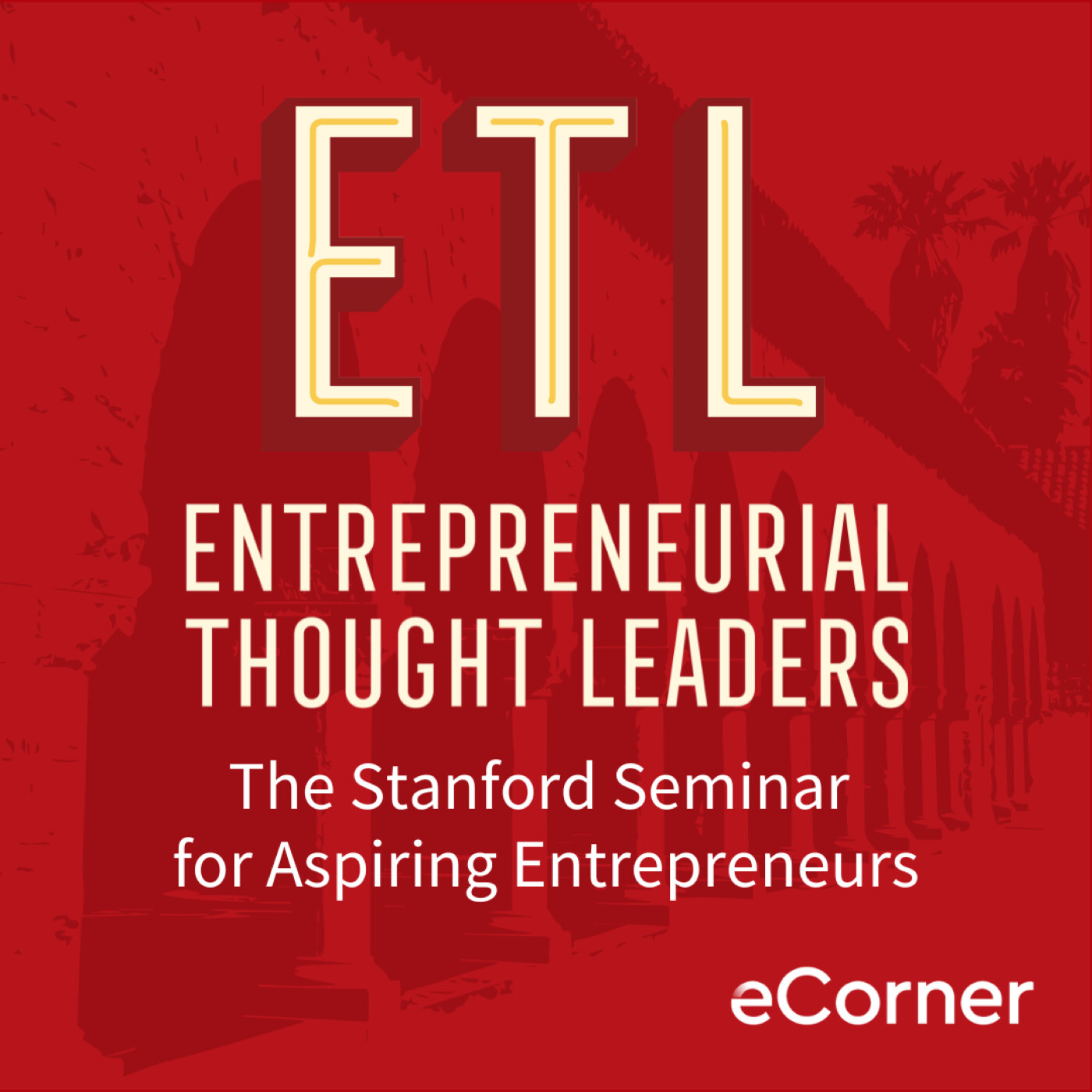
Entrepreneurial Thought Leaders (ETL)
Stanford eCorner
This Is That
CBC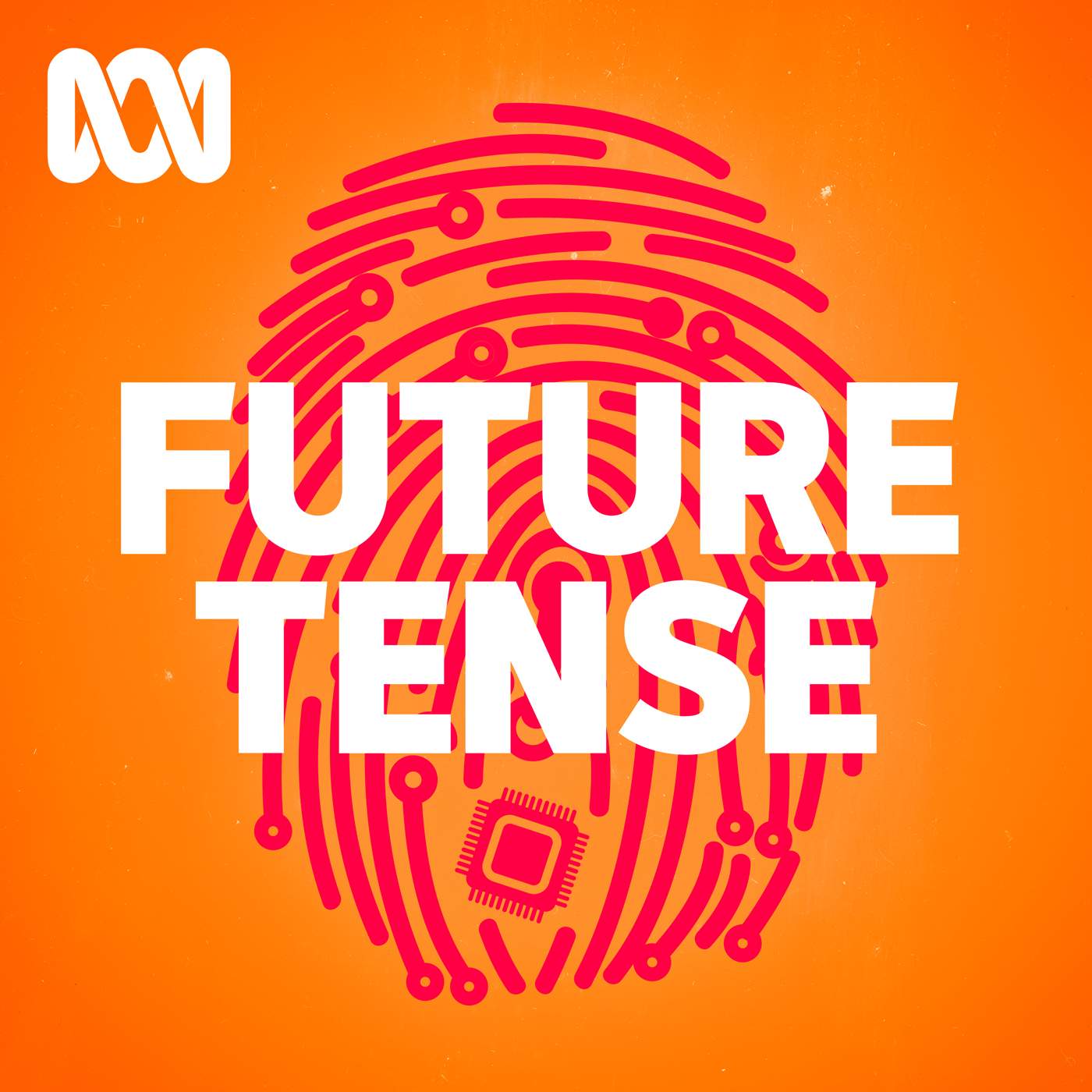
Future Tense
ABC listen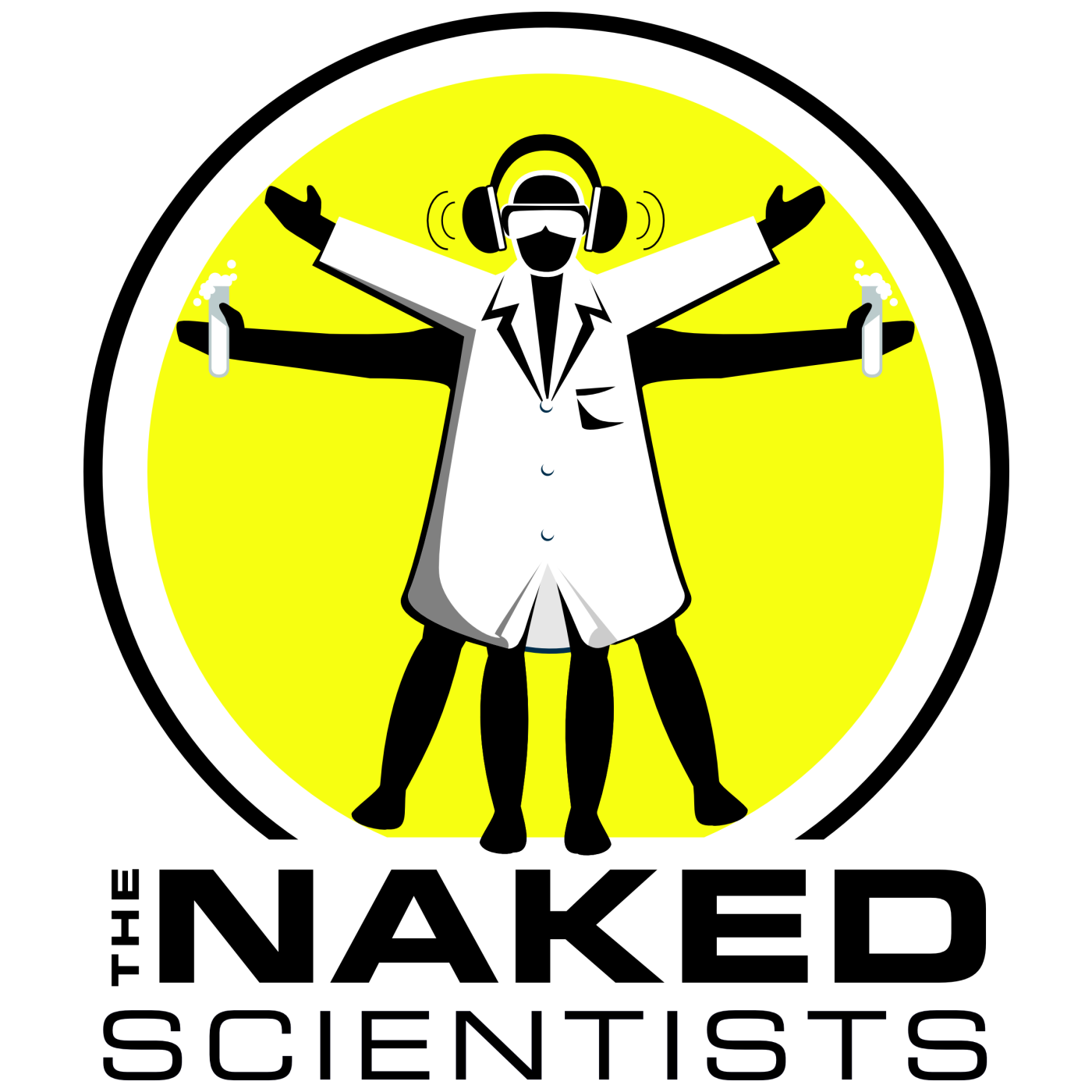
The Naked Scientists Podcast
The Naked Scientists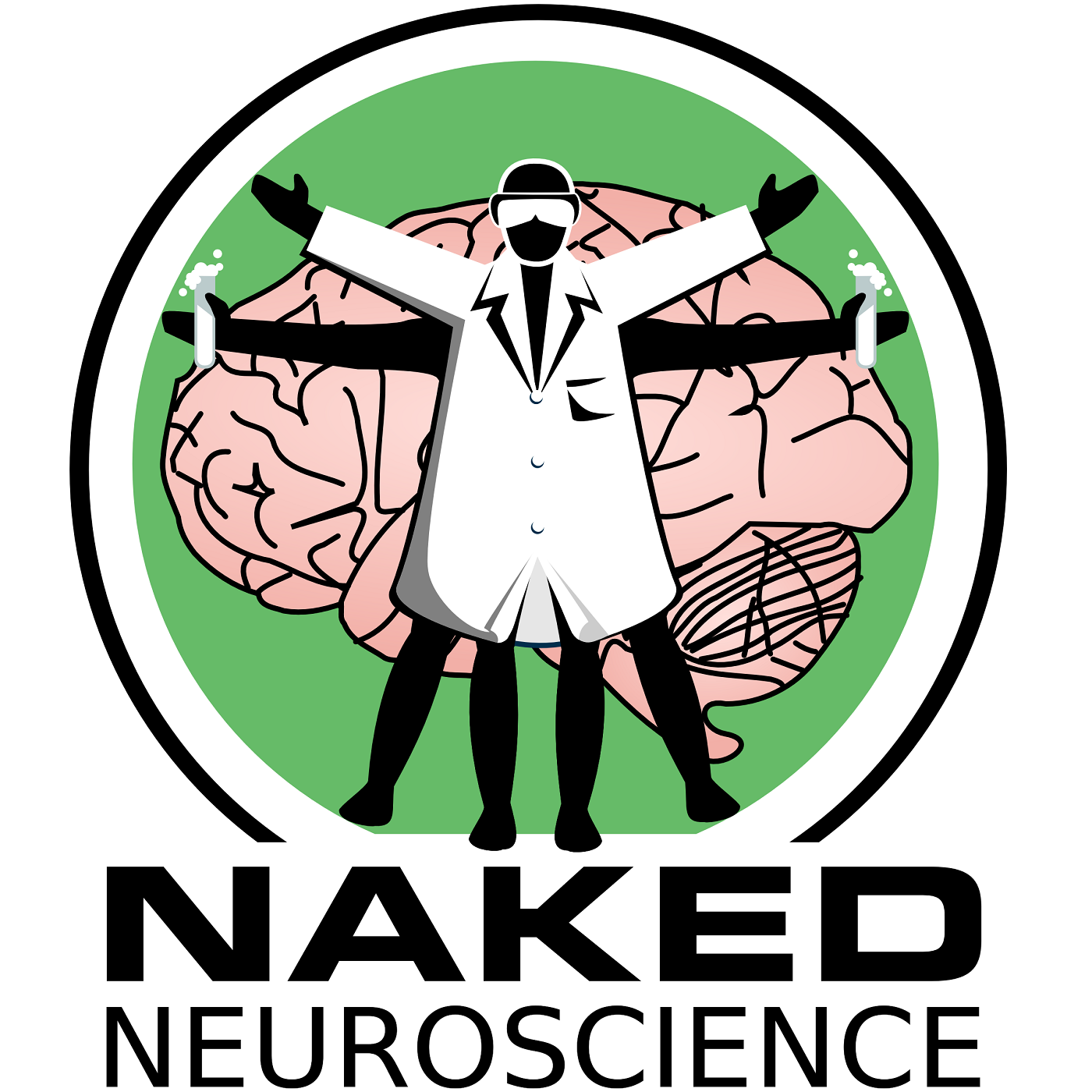
Naked Neuroscience, from the Naked Scientists
James Tytko
The TED AI Show
TED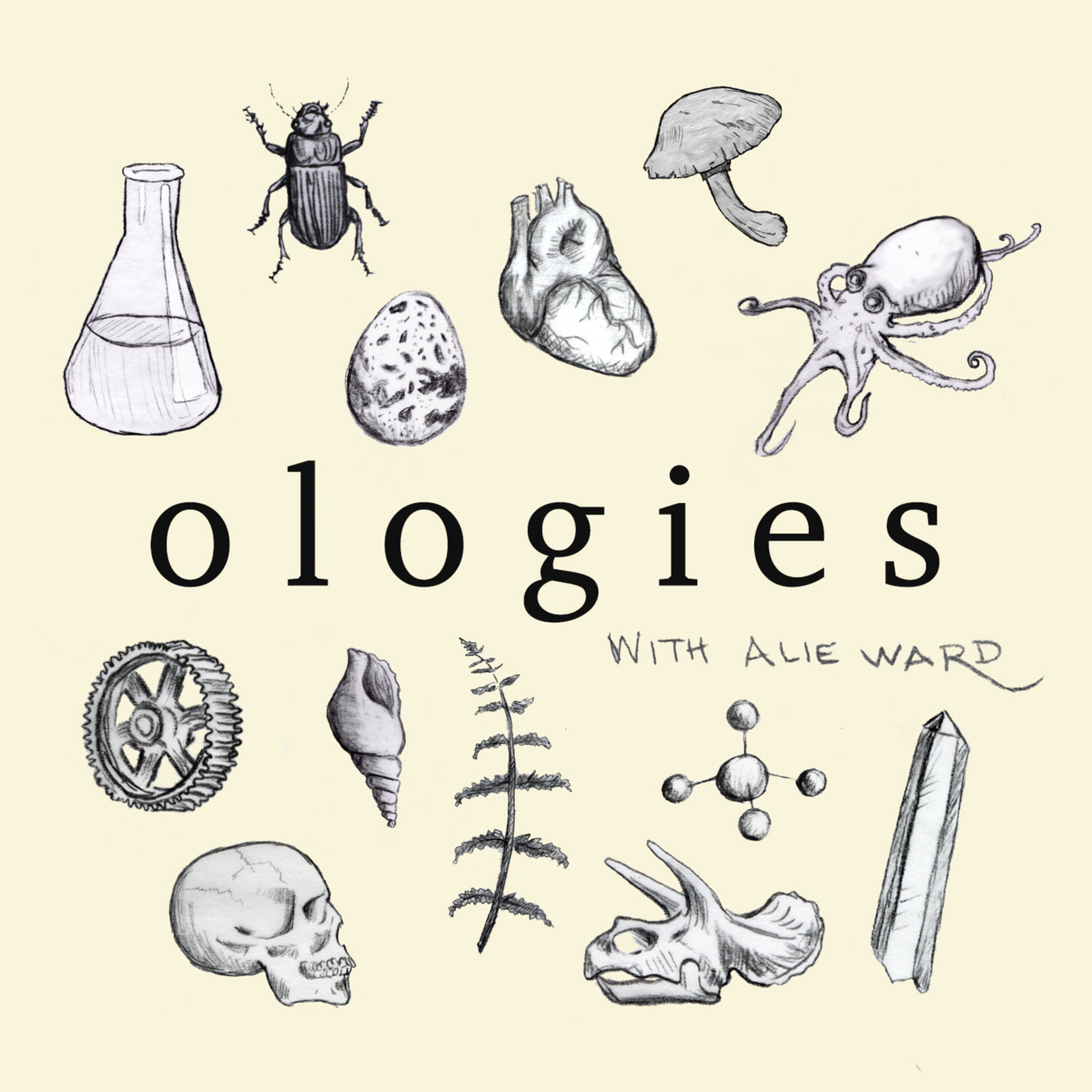
Ologies with Alie Ward
Alie Ward
The Daily
The New York Times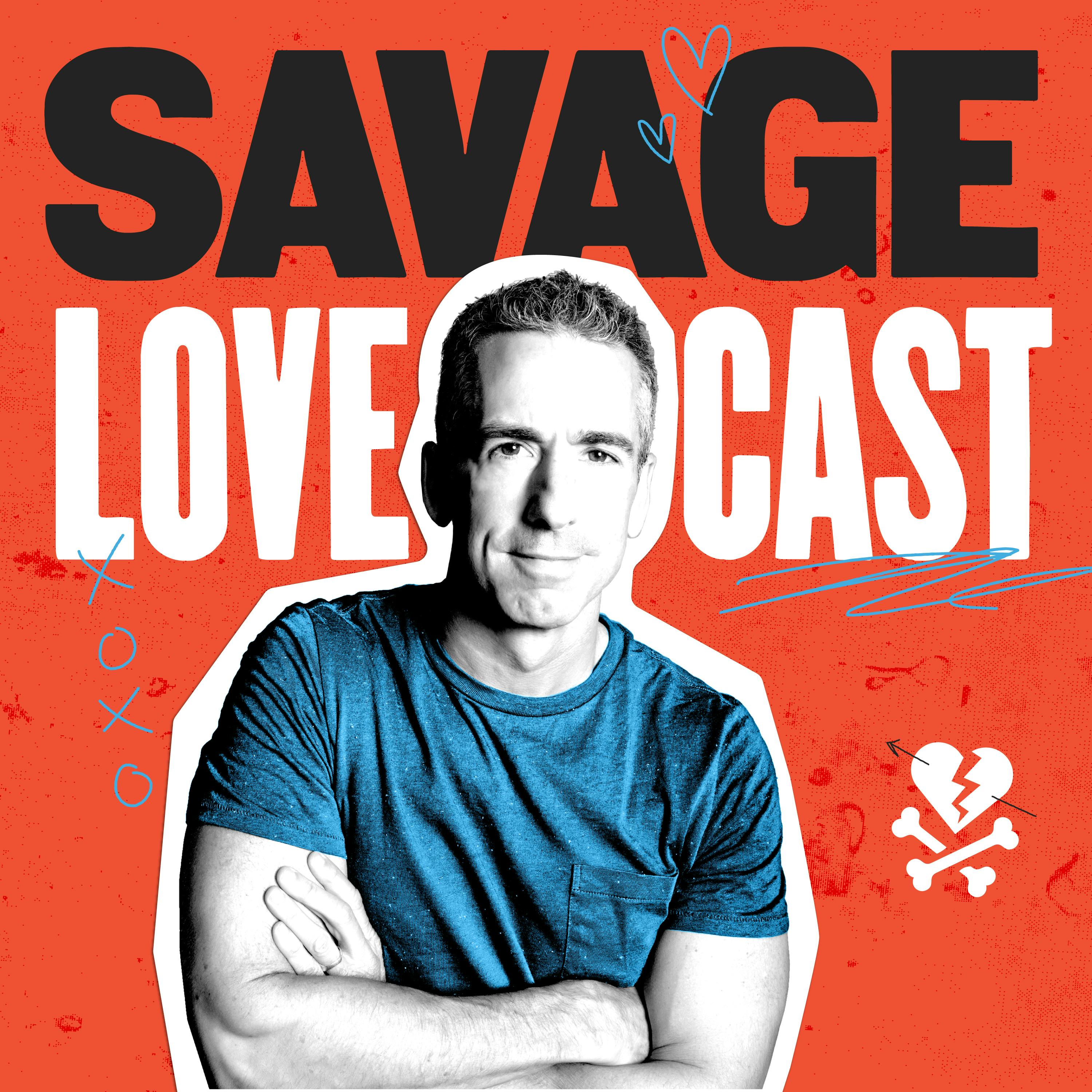
Savage Lovecast
Dan Savage
Huberman Lab
Scicomm Media
Freakonomics Radio
Freakonomics Radio + Stitcher
Ideas
CBCLadies, We Need To Talk
ABC listen
